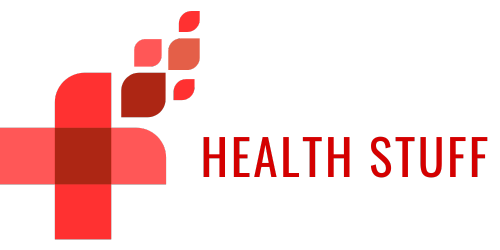Digital transformation vs senior patients
Healthcare digitalization and senior patients
If a health clinic were to engage patients efficiently in their healthcare journey, patients need to be not only well-informed but also informed on time. However, there have been some common misconsceptions when it comes to senior patients using newer methods of communication such as WhatsApp and so on. In this article, we are going to take a closer look at how senior patients can actively and easily engage with their healthcare services providers using digital tools and services.
The ongoing digitalization of healthcare systems
Around the world, healthcare systems have been increasingly digitalized over the years. Technology is evolving and so are the digital tools and services that can be used to communicate with patients. The increase in patients, especially during the early stages of the 2020 global pandemic, have made clinics search for new, innovative solutions to combat the long waiting lists. Overall, many have expected digitalization to take over at some point, however, what about senior patients?
A certain percent of senior patients might think that getting the necessary healthcare information through the means of digital tools and services is more difficult than older, traditional means such as front-desk offices and call centers. Let's take a look at how senior patients might already have all of the knowledge needed to communicate digitally with their healthcare service providers.
What the studies showed during the global pandemic
So, it is safe to say that some may have certain doubts when it comes to the effectiveness of digital communication. However, what does the research say? Well, according to a report commissioned by digital transformation enabler, Mobiquity, and conducted by Censuswide, half of UK patients aged over 55 preferred digital tools instead of in-person consultations during COVID-19. The surveys ran for a few months during 2020 and the report is bases on surveyed 301 GPs and 3,009 patients in the UK, Germany and the Netherlands.
Slightly over half (51%) of UK patients found that using digital tools led to quicker access to the needed information and healthcare services. One of the major benefits of digital tools and services used for communication with patients is the timely and accurate information received. Over 3 in 5 patients felt comfortable using wearable tech (72%), telemedicine (69%), applications (69%), video-consultations (68%) and remote monitoring (67%).
Of course, it is important to note that some patients still preffered real-life consultations and traditional means of communication with the healthcarey service providers. However, the benefits of new digital tools and services are many and have been acknowledged by both patients and doctors. The restrictions caused by the global pandemic have often made it difficult for senior patients living in remote areas reach out to and communicate with their healthcare services providers. Digital communication changes all of this.
Senior patients using digital tools and services in healthcare communication
A large majority of seniors already have all of the needed knowledge to communicate with their healthcare services providers digitally. Many use digital apps such as WhatsApp, Viber, Facetime and so on, to communicate with their family members, grandchildren etc. Healthcare digital services and tools function almost the same. Senior patients will be able to get the information they need related to their healthcare journey on time and from the comfort of their own homes.
How exactly can new services surpass traditional channels? Well, let's take a look at call centers for example. Senior patients, and patients overall, share a common dislike for call centers due to their many problems and issues. Call centers' lines are often busy and patients sometimes get transfered from one agent to another. This process sometimes lasts for a long time, and in the end, the patient does not receive the information he or she needed. This leaves patients frustrated. Furthermore, call centers are hard to set-up, operate, and maintain. They can also be very expensive. Therefore, health clinics can also benefit from the usage of digital tools and services by saving their money and using more profitable tools of engagement with their patients.
By using digital tools powered by a groundbreaking natural language processing AI, health clinics can reduce their no-shows, lower the waiting times, actively engage patients on their healthcare journey, and, most importantly, form stronger bonds and communication with their patients.
With pioneers in the development of a natural language processing engine (Patricia™) exclusively for health such as our team at Eniax, clinics can receive quality digital tools and services for active and efficient communication with patients and much more.
Innovation and digitalization for a more efficient communication with patients
By obtaining a proper communication and care-navigation platform, health clinics, around the world, have the ability to not only improve their communication with their patients but also make their services and more accessible. As we can see, health centers and clinics can benefit in numerous different ways by changing the traditional channels and actively using new, innovative tools and services that are digital to communicat with all of their patients, including senior patients. When it comes to senior patients, they may already have everything they need to know to use these tools and services.
Furthermore, senior patients can reach out to their healthcare services providers from the comfort of their own homes. In addition to this, they will be able to receive the needed information accurately and on time. With lower waiting times, possible reminders, confirmations of appointments, and much more, senior patients will be able to enjoy a much smoother and efficient communication and overall healtcare journey by using digital tools and services.
 English
English Español
Español
